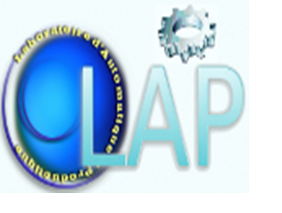Citation:
Abstract:
Lithium-ion (Li-ion) batteries play an important role in providing necessary energy when acting as a main or backup source of electricity. Indeed, the unavailability of battery aging discharge data in most real-world applications makes the State of Health (SoH) assessment very challenging. Alternatively, accelerated aging is therefore adopted to emulate the degradation process and to achieve an SoH estimate. However, accelerated aging generates limited deterioration patterns suffering from a higher level of complexity due to the non-linearity and non-stationarity imposed by harsh conditions. In this context, this paper aims to provide a predictive model capable of solving incomplete data problems by providing two main solutions for each of the problems of complexity and missing patterns, respectively. First, to overcome the problem of lack of patterns, a robust collaborative feature extractor (RCFE) is designed by collaborating between a set of improved restricted Boltzmann machines (I-RBMs) to be able to share learning knowledge among different locally trained I-RBMs to create a more generalized global extraction model. Second, a set of RCFEs is then evolved through a neural network with an augmented hidden layer (NAHL) to enhance the predictive ability by further exploring representation learning to overcome pattern complexity issues. The designed RCFE-NAHL is trained to predict SoH using constant current (CC) discharge characteristics by implying multiple characteristics recorded through the constant voltage (CV) charging process as indicators of health. The proposed SoH prediction approach performances are evaluated on a set of battery life cycles from the well-known NASA database. In this context, the achieved results clearly highlight the higher accuracy and robustness of the proposed learning model.
